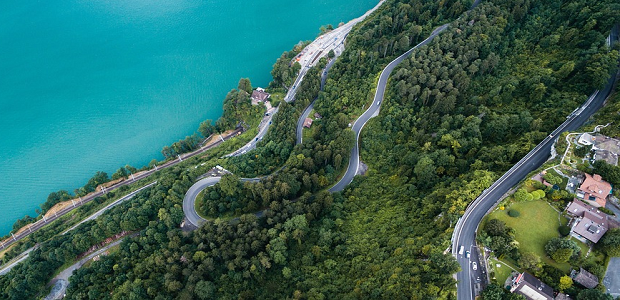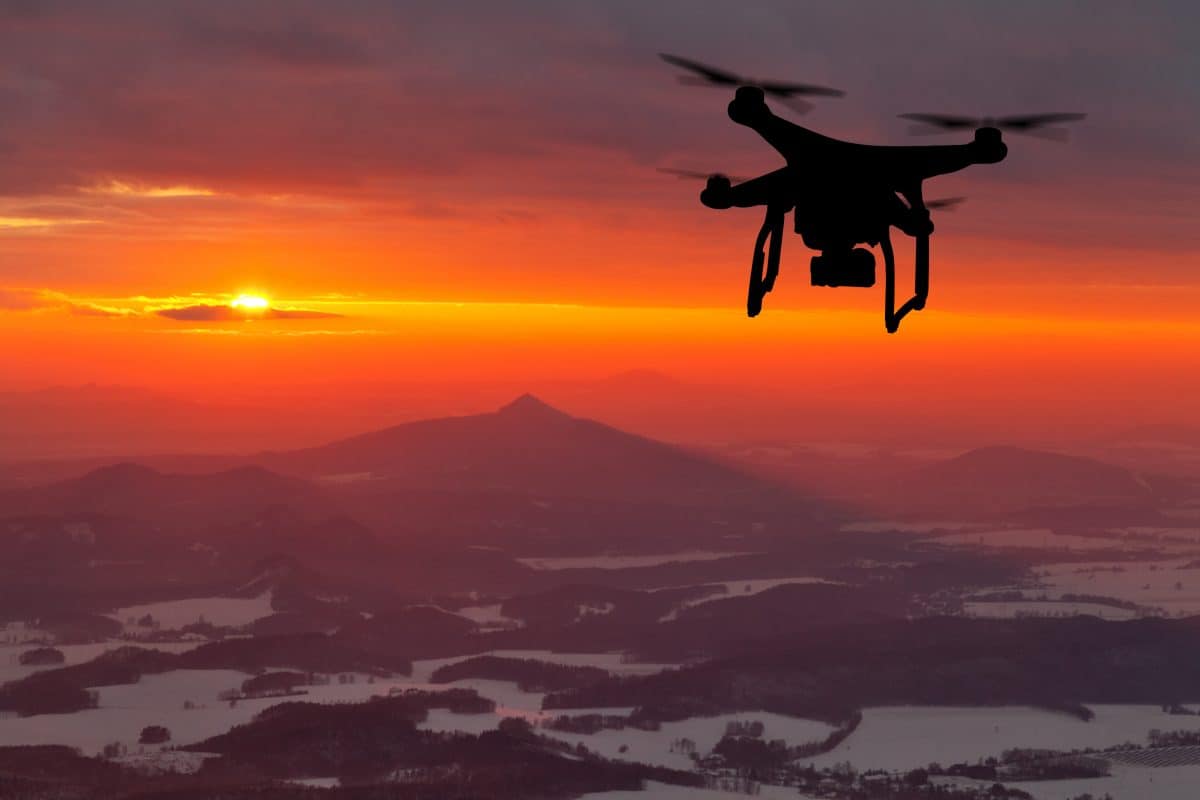Transform Your Perspective: The Art and Science Behind Drone Digital Photography
Drone digital photography stands for a considerable junction of artistic vision and technological technology, making it possible for designers to catch viewpoints previously unattainable. Recognizing the mechanics of drone innovation, from equipment options to composition methods, is necessary for accomplishing compelling imagery. Considerations such as lighting and ecological conditions can profoundly affect the last outcome. As digital photographers fine-tune their skills in both airborne technique and post-processing, they open a richer narrative capacity. Yet, what truly identifies efficient drone digital photography from plain airborne pictures? Discovering this concern exposes deeper insights right into the craft and its developing landscape.
Comprehending Drone Technology
Recognizing drone modern technology is vital for any individual curious about using its capabilities for photography. Drones, or unmanned aerial lorries (UAVs), rely upon a mix of hardware and software program to accomplish trip and capture imagery. At their core, these tools are furnished with sensing units, electronic cameras, and navigation systems that allow them to fly autonomously or be managed remotely.
The key parts of drone modern technology include the flight controller, which acts as the mind of the drone, processing data from numerous sensing units to guarantee stable trip. Additionally, GPS technology plays a vital function in navigating, making it possible for drones to follow pre-defined flight paths and preserve their position even in difficult problems.

In addition, understanding the governing landscape surrounding drone usage is essential, as it regulates where and just how drones can be operated, making certain safety and conformity. Familiarity with these facets of drone innovation empowers photographers to maximize their creative potential while sticking to lawful guidelines.
Essential Tools for Drone Digital Photography
Selecting the right equipment is critical for accomplishing extraordinary lead to drone photography. At the heart of this configuration is the drone itself, which need to be chosen based upon trip stability, cam quality, and simplicity of usage. Popular designs usually include built-in high-def video cameras that capture sensational aerial images.
Along with the drone, buying a high-quality cam is crucial. Many drones come furnished with cams with the ability of shooting in 4K resolution, but also for professional-grade outcomes, think about a drone that permits interchangeable cameras or supports larger sensing units. This flexibility can significantly boost image top quality.
Stabilization is an additional crucial element. A three-axis gimbal is recommended for smooth footage, decreasing resonances that can take away from image clearness. Additionally, extra batteries and a reliable battery charger ensure extended flight time, enabling more extensive shoots.
Mastering Composition Methods
Mastering make-up strategies is basic to raising your drone photography from common to remarkable. A well-composed image catches the audience's attention and communicates an effective narrative.
Among the important principles to take into consideration is the rule of thirds, which includes separating your frame right into a grid of 9 equal components. Placing crucial elements along these lines or at their junctions creates aesthetic i was reading this interest and equilibrium. Additionally, leading lines can direct the visitor's eye with the photo, accentuating the subject and adding depth.
An additional efficient strategy is mounting, where natural elements such as structures or trees frame the topic, enhancing the focal point. This approach not only gives context yet likewise produces a feeling of affection within the scene.

Last but not least, always be mindful of the horizon line. A crooked horizon can detract and distract from an or else fascinating photo. By mastering these structure methods, you can dramatically improve the effect of your drone photography.
Lights and Weather Considerations
In drone photography, the interaction of lighting and weather condition can considerably affect the high quality and mood of your pictures. Ideal lights conditions are important; the gold hours-- soon after sunrise and prior to sundown-- use soft, diffused light that improves colors and decreases severe shadows. During these times, the landscape shows up more dynamic and vibrant, enabling breathtaking aerial shots.
Alternatively, cloudy skies can create a level, soft combination, yet they can also supply even lighting that decreases comparison and highlights details in the atmosphere. This can be helpful for catching appearances in metropolitan setups or intricate patterns in nature.
Weather, such as fog, rain, or snow, can also add one-of-a-kind aspects to your digital photography. Fog can produce a feeling of mystery, while rain can improve shades and saturate the landscape. Nonetheless, it is necessary to take into consideration the safety and security of your drone; flying in adverse weather conditions can cause tools damage or loss of control.
Ultimately, recognizing how illumination and climate influence your aerial shots permits you to choose the perfect problems wikipedia reference for your drone photography, making sure aesthetically striking and compelling photos.
Post-Processing Idea
After recording stunning airborne pictures, the next step involves refining those shots through post-processing. This crucial phase enhances the aesthetic impact of your photos, enabling you to highlight the unique viewpoints that drones give.
Beginning with software application tools like Adobe Lightroom or Photoshop, which use durable modifying capacities. Begin by correcting exposure and white balance to make certain that your shades appear lifelike. Make use of pie chart checks to achieve optimal brightness levels, avoiding too much exposure or loss of detail in darkness.
Following, boost contrast to add depth to your photos. Readjusting clarity can hone essential details without introducing sound, which is especially valuable in airborne shots where texture plays a significant duty. Do not avoid cropping; this can help focus the customer's focus on the main subject.
Color grading is an additional powerful device. Trying out saturation and vibrance to make the landscape pop, yet apply these adjustments judiciously to maintain a natural look. Finally, take into consideration using a small vignette to direct the audience's eye towards the center of the picture. By grasping these post-processing techniques, you can boost your drone digital photography to new heights.
Verdict

What absolutely differentiates reliable drone digital photography from plain aerial snapshots? Lots of drones come geared up with cams qualified of shooting in 4K resolution, but for professional-grade results, consider a drone that enables for interchangeable cameras or supports larger sensors. By understanding these composition methods, you can dramatically boost the influence of your drone photography.
In drone photography, the interplay of lighting and weather can significantly influence the quality and mood of your images (aerial photographer spokane). By mastering these post-processing techniques, you can boost your drone digital photography to brand-new heights